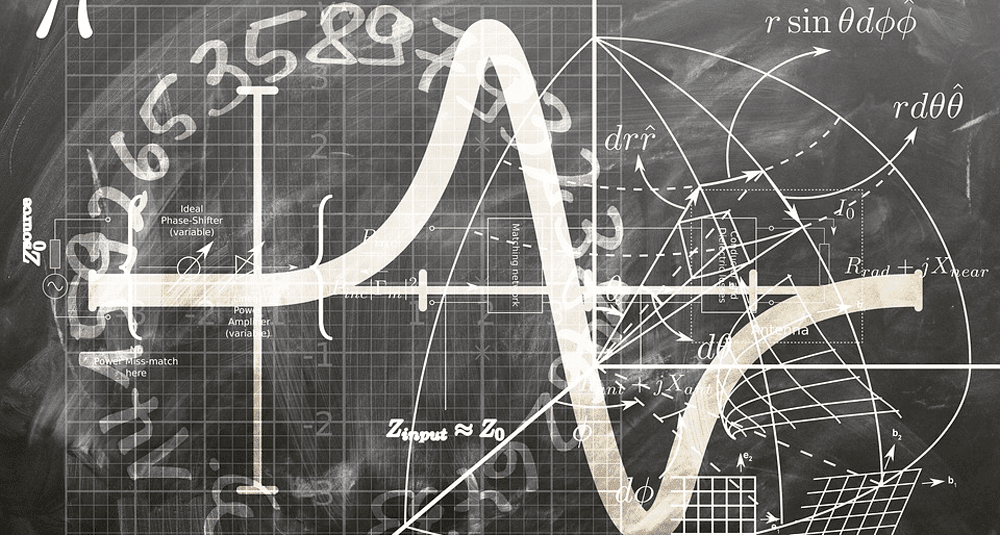Is an obtuse angle smaller or larger than a right angle?
Last Updated:
In geometry, angles are figures formed by two half-lines sharing a common origin, called a vertex. The measurement of an angle determines its classification into different categories, including acute, right, obtuse and flat angles. A right angle measures exactly 90°, corresponding to a complete quarter turn. It is often represented by a small square at the apex of the angle to indicate its perpendicularity. An obtuse angle, on the other hand, is defined as an angle whose measurement is strictly greater than 90° but less than 180°. Thus, an obtuse angle is always larger than a right angle.
Obtuse angles have specific characteristics that distinguish them from other types of angle:
- Measurement: An obtuse angle has a measurement between 90° and 180°. This means it is more open than a right angle, but does not form a complete straight line, which would correspond to a flat angle of 180° ;
- Visual appearance: Visually, an obtuse angle appears more open than a right angle. If we consider the hands of a clock, an obtuse angle would be represented by the hands indicating approximately 10 and 2 o’clock, thus forming an angle greater than 90°;
- Geometric figures: Obtuse angles are frequently found in various geometric figures. For example, a triangle with an obtuse angle is called an obtuse-angle triangle. In such a triangle, the obtuse angle is opposite the longer side.
It’s useful to compare obtuse angles with other types of angles to better understand their distinctions:
- Acute angle: An acute angle measures less than 90°. It is therefore smaller than a right angle and, a fortiori, than an obtuse angle;
- Right angle: Measuring exactly 90°, the right angle is a common reference in geometry, particularly for identifying perpendiculars. An obtuse angle is always larger than a right angle;
- Flat angle: A flat angle measures exactly 180°. It forms a straight line. An obtuse angle is smaller than a flat angle.
Obtuse angles play a crucial role in various fields:
- Architecture and design: Obtuse angles are used to create innovative structures and designs, offering alternatives to traditional right angles;
- Engineering: In the design of mechanical parts, obtuse angles can be essential to ensure the functionality and aesthetics of components;
- Visual arts: Artists use obtuse angles to add dynamism and perspective to their works, breaking the monotony of right angles.
An obtuse angle is one whose measurement is between 90° and 180°, making it larger than a right angle. Understanding this distinction is fundamental to geometry, and has practical applications in fields such as architecture, engineering and the arts. Recognizing and differentiating between types of angle helps us to better understand the shapes and structures around us.
sciences

Is an obtuse angle smaller or larger than a right angle?
Answer
An obtuse angle is larger than a right angle. It measures between 90° and 180°, whereas a right angle measures exactly 90°.